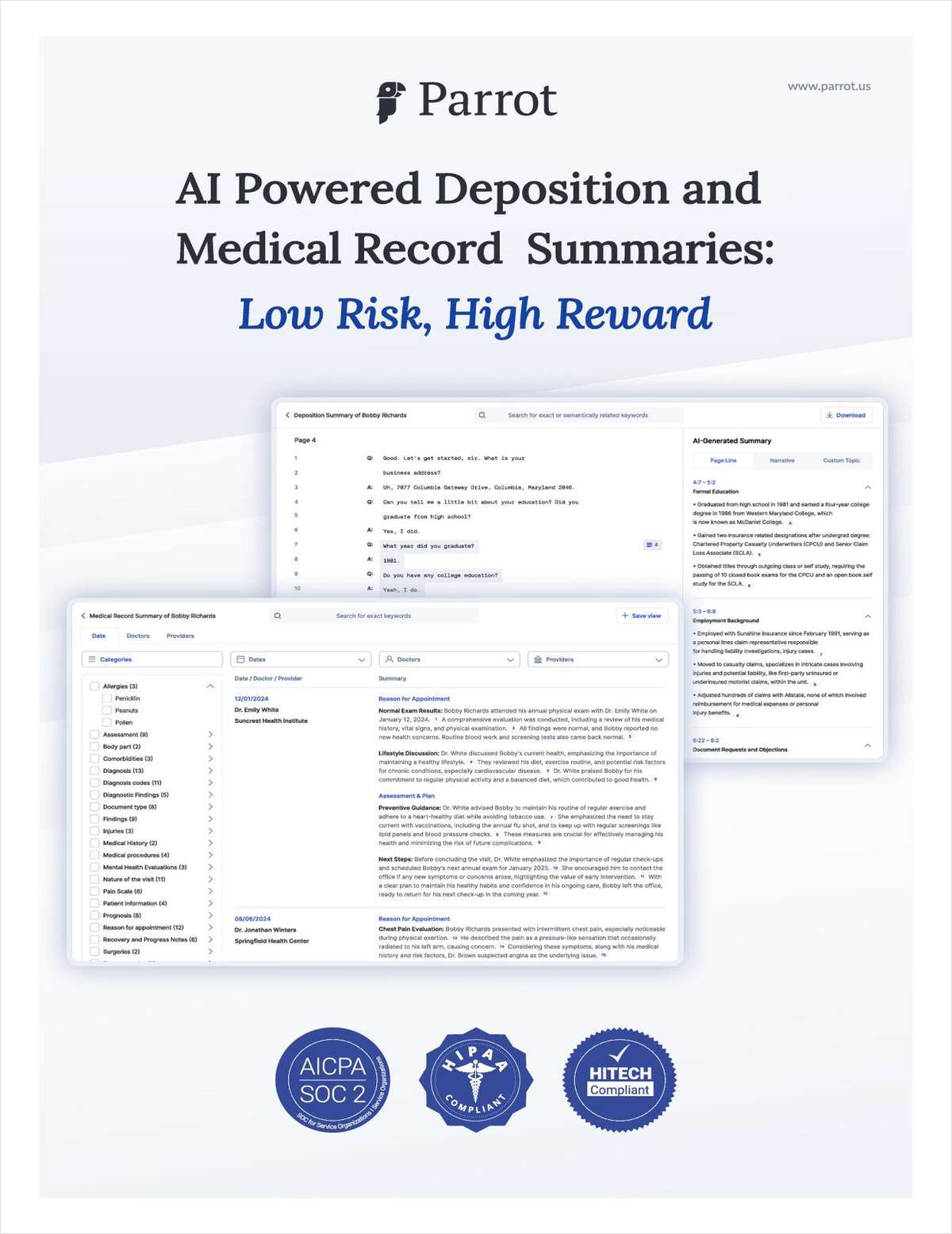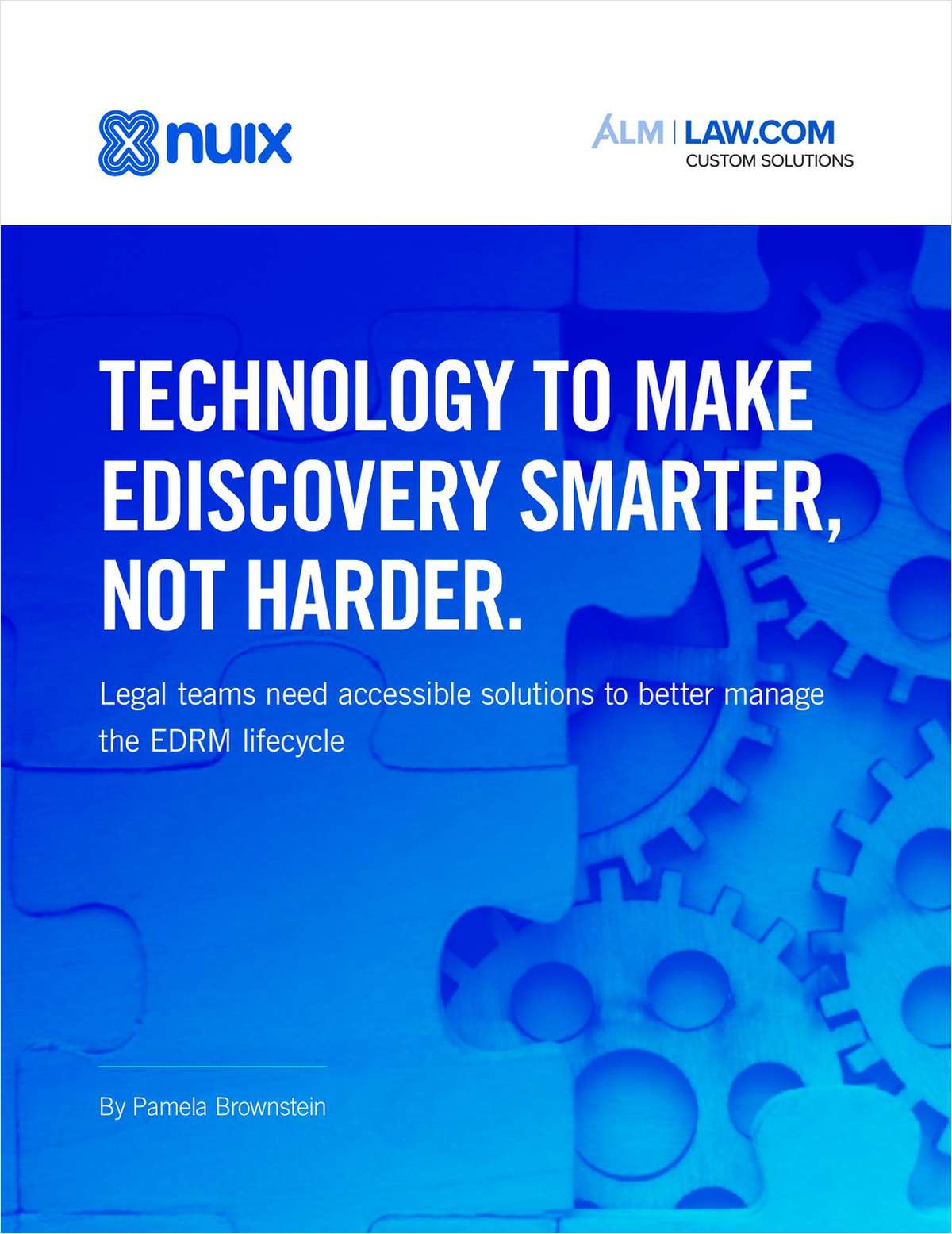The Rise of the Non-Equity Partner: Short Term Gain for Long Term Pain?
As non-equity ranks continue to grow across both sides of the Atlantic are firms losing sight of the need to maintain long term sustainability?
March 11, 2020 at 06:14 AM
8 minute read
Changes in partnership structure is a well-established trend across the global legal market, impacting firms of all sizes. Central to this shift has been the rise of non-equity partners, now a recognizable industry staple.
Over the last ten years, the number of non-equity partners across the Am Law 200 has increased by 36% from 17,086 to 23,166. On average, non-equity partners now represent a 44% share of the overall partnership at Am law 200 firms. This contrasts with 38% in 2009. In 2018 alone, 46% of Am Law 200 firms increased the proportion of non-equity partners within their overall partnership.
A similar trend has emerged in the UK. Across the same ten year period the number of non-equity partners at UK Top 50 firms has rocketed by 92% from 3,696 to just over 7,000. Furthermore, the average percentage of non-equity partners as a share of overall partnership has risen from 40% to 45%. This compares with the proportion of equity partners which has fallen from 60% to 55%.
Weaponizing PEP
Given the prevailing market climate across both sides of the Atlantic, this upward trajectory should not come as a surprise. The trigger for this shift has been the lateral hiring landscape. By increasing non-equity numbers, while keeping equity partners relatively flat or at least growing incrementally, firms can maintain high-levels of Profits Per Equity Partner (PEP) and therefore bolster retainment of its top-performing equity partners. At the same time, a strong and growing PEP figure makes the firm a more attractive proposition to prospective talent.
Firms in the top echelons of the legal market have come to realize how useful PEP can be as a competitive advantage in the lateral hiring market. For these firms, PEP is now not only one of the most important metrics at their disposal but provides the primary means to maintain a business model built largely on talent management, recruitment, and retention. This weaponizing of PEP has since trickled down to the rest of the market, as more firms begin to grapple with issues of retainment and retention of top performers. The result has been a market-wide shifting of the partnership model.
Adjusting partnership models is a mechanism by which firms can bolster PEP quickly. This contrasts with other levers than can be used to increase PEP, principally cost reduction and Revenue Per Lawyer growth.
Rising Costs
Unsurprisingly, costs continue to increase for many firms. In 2018, 85% of the Am Law 200 saw an increase in Cost Per Lawyer (CPL). Amongst the UK Top 50, this figure stood at 60%. For 29% of these UK firms, this costs growth was faster than the year before.
Costs are not just increasing but also proving more difficult to stem. Firms now have little choice but to spend on technology and process improvements, both to keep abreast with the rest of the market but meet client demands. Added to this are the spiralling costs relating to lateral hiring and associate salary increases.
Furthermore, cutting costs can in itself pose a risk to PEP growth. There is only so much a firm can begin to reduce its cost base before it starts to impact the top line and consequently profitability. For example, cutting costs by reducing footprint only serves to reduce the number of potential timekeepers and therefore billable hour activity.
These collective pressures are making it increasingly more difficult to reign in spend and therefore, for many firms, continues to act as a drag upon maintaining and bolstering profitability for their equity.
RPL slowdown
The other mechanism that can be used to boost PEP is Revenue Per Lawyer (RPL). RPL is an organic measure of how efficient a firm's lawyers are at generating revenue, be it from rate negotiation, billing or utilization. In addition to increasing rates and worked hours, a firm can also boost RPL by building scale, utilizing non-attorney timekeepers and making use of automation.
Average RPL across the Am Law 200 grew 4% in 2018, although this performance was varied across the board. In the case of the Am Law 100, 14% of firms posted shrinkage in RPL, while 10% of firms grew RPL by less than inflation. Two-thirds posted slow to moderate growth. A similar trend is also impacting the UK market. In 2018, average RPL across the UK Top 50 grew by just 1 percent. This marked the second successive year of slower growth.
RPL slowdown is a reflection of changing global conditions. Diversifying market dynamics has resulted in reduced pricing power for many firms. This means conversations around rate increases are proving more difficult to manage. At the same time, new market entrants and increased client insourcing are capturing a growing proportion of demand that would have once been captured by firms. This has resulted in issues with maintaining and increasing lawyer financial productivity.
These market changes have added to the time it takes for firms to increase RPL. Executing strategies to boost RPL, such as building scale, are not achievable overnight. This longer process means that firms can less readily rely upon RPL as a metric to increase PEP quickly which is off the essence when it comes standing out in an ultra-competitive lateral hiring market.
Partnership adjustments are therefore one of the few remaining mechanisms at the disposal of firms that can be reliably utilized to increase PEP expeditiously. However, firms should be wary of placing too much short-term emphasis on tweaking partnership structures. To do so runs this risk of losing sight of the need to ensure that more organic measures of long term sustainability such as RPL growth and costs management still need to be adhered to.
Bottleneck of talent
Shifts in partnership models are not unusual in the professional services sector. For example, in consulting, the ratio of non-equity partners to equity partners is currently much higher than that which exists in legal. This suggests, that if the legal market follows the same trajectory, the divergence towards non-equity partners is a trend that is just at the beginning or in the middle of a longer-term growth trend. If this trajectory does begin to gain momentum what are the long-term implications?
Aside from aiding PEP growth, increasing non-equity ranks has some other advantages. This includes effectively catering for those associates who have no intention from the outset of reaching equity partner status. For these, the rise of non-equity partner positions not only sufficiently caters for this career expectation, but also enables a position of seniority and recognition to be reached.
This seniority status also acts as an advantage from the perspective of firms. Non-equity partners still retain the title 'partner' and therefore from a client point of view with it, the accompanying expertise. This enables non-equity partners to demand higher rates but at a lower cost to the firm in comparison to if they retained the title of 'associate'. This, in turn, can translate into improved business development efforts and financial productivity at the more junior level.
At the other end of the spectrum, there are those associates that do have every intention of reaching equity partner status. For these associates, they are now seeing their route to achieving this become narrowed as firms begin to demonstrate increasing immovability within the top-echelons of partnership.
Accordingly, as more associates instead begin to take up non-equity positions, there is a danger of these ranks forming a bottleneck of non-progressive talent. As this bottleneck continues to grow, issues of morale and lack of clarity over a firm's progression track could expose itself. This can translate into declining financial productivity and an exodus of talent. Firms should not lose sight of the need to ensure that non-equity partners themselves must remain profitable and productive. A growing cohort of non-business generating partners will in itself only act as an impediment to PEP growth.
To ensure non-equity partners remain productive, be it concerning generation or hours worked, firms need to put in place robust and transparent structures of reward. This could include ensuring contributions to firm profitability or business development are effectively incentivized or having in place clear pathways of professional development.
The steady march towards more non-equity partners shows no sign of slowing. Across both the US and the UK, this shift is only likely to accelerate as the lateral hiring market's requisite need for strong PEP growth intensifies. Firms need to have in place clear strategies from the outset to secure and retain talent not just at the equity level, but across the full spectrum of partnership.
This content has been archived. It is available through our partners, LexisNexis® and Bloomberg Law.
To view this content, please continue to their sites.
Not a Lexis Subscriber?
Subscribe Now
Not a Bloomberg Law Subscriber?
Subscribe Now
NOT FOR REPRINT
© 2025 ALM Global, LLC, All Rights Reserved. Request academic re-use from www.copyright.com. All other uses, submit a request to [email protected]. For more information visit Asset & Logo Licensing.
You Might Like
View All
ALM Market Analysis Report Series: Nashville's Rapid Growth Brings Increased Competition for Law Firms
Trending Stories
- 1The Law Firm Disrupted: Scrutinizing the Elephant More Than the Mouse
- 2Inherent Diminished Value Damages Unavailable to 3rd-Party Claimants, Court Says
- 3Pa. Defense Firm Sued by Client Over Ex-Eagles Player's $43.5M Med Mal Win
- 4Losses Mount at Morris Manning, but Departing Ex-Chair Stays Bullish About His Old Firm's Future
- 5Zoom Faces Intellectual Property Suit Over AI-Based Augmented Video Conferencing
Who Got The Work
J. Brugh Lower of Gibbons has entered an appearance for industrial equipment supplier Devco Corporation in a pending trademark infringement lawsuit. The suit, accusing the defendant of selling knock-off Graco products, was filed Dec. 18 in New Jersey District Court by Rivkin Radler on behalf of Graco Inc. and Graco Minnesota. The case, assigned to U.S. District Judge Zahid N. Quraishi, is 3:24-cv-11294, Graco Inc. et al v. Devco Corporation.
Who Got The Work
Rebecca Maller-Stein and Kent A. Yalowitz of Arnold & Porter Kaye Scholer have entered their appearances for Hanaco Venture Capital and its executives, Lior Prosor and David Frankel, in a pending securities lawsuit. The action, filed on Dec. 24 in New York Southern District Court by Zell, Aron & Co. on behalf of Goldeneye Advisors, accuses the defendants of negligently and fraudulently managing the plaintiff's $1 million investment. The case, assigned to U.S. District Judge Vernon S. Broderick, is 1:24-cv-09918, Goldeneye Advisors, LLC v. Hanaco Venture Capital, Ltd. et al.
Who Got The Work
Attorneys from A&O Shearman has stepped in as defense counsel for Toronto-Dominion Bank and other defendants in a pending securities class action. The suit, filed Dec. 11 in New York Southern District Court by Bleichmar Fonti & Auld, accuses the defendants of concealing the bank's 'pervasive' deficiencies in regards to its compliance with the Bank Secrecy Act and the quality of its anti-money laundering controls. The case, assigned to U.S. District Judge Arun Subramanian, is 1:24-cv-09445, Gonzalez v. The Toronto-Dominion Bank et al.
Who Got The Work
Crown Castle International, a Pennsylvania company providing shared communications infrastructure, has turned to Luke D. Wolf of Gordon Rees Scully Mansukhani to fend off a pending breach-of-contract lawsuit. The court action, filed Nov. 25 in Michigan Eastern District Court by Hooper Hathaway PC on behalf of The Town Residences LLC, accuses Crown Castle of failing to transfer approximately $30,000 in utility payments from T-Mobile in breach of a roof-top lease and assignment agreement. The case, assigned to U.S. District Judge Susan K. Declercq, is 2:24-cv-13131, The Town Residences LLC v. T-Mobile US, Inc. et al.
Who Got The Work
Wilfred P. Coronato and Daniel M. Schwartz of McCarter & English have stepped in as defense counsel to Electrolux Home Products Inc. in a pending product liability lawsuit. The court action, filed Nov. 26 in New York Eastern District Court by Poulos Lopiccolo PC and Nagel Rice LLP on behalf of David Stern, alleges that the defendant's refrigerators’ drawers and shelving repeatedly break and fall apart within months after purchase. The case, assigned to U.S. District Judge Joan M. Azrack, is 2:24-cv-08204, Stern v. Electrolux Home Products, Inc.
Featured Firms
Law Offices of Gary Martin Hays & Associates, P.C.
(470) 294-1674
Law Offices of Mark E. Salomone
(857) 444-6468
Smith & Hassler
(713) 739-1250











